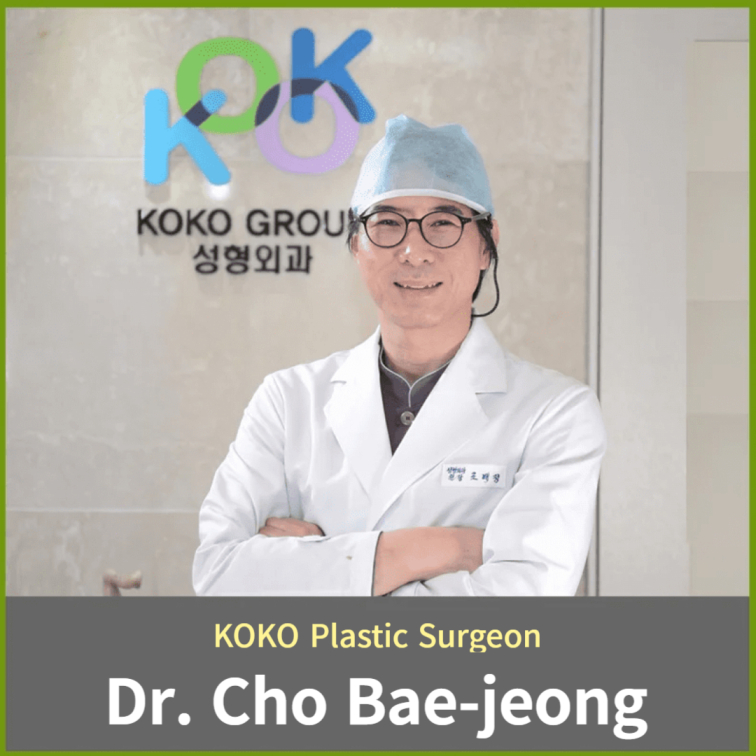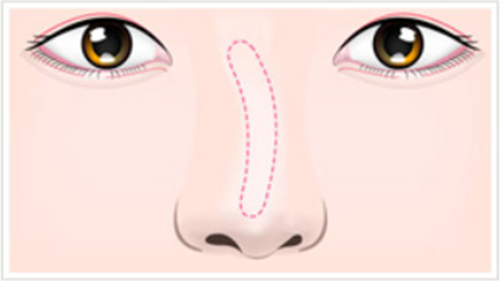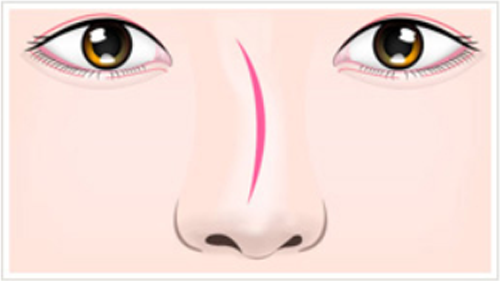Nose Revision Surgery: The Ultimate Guide for Women in Their 20s
Welcome to the KOKO Plastic Surgery blog! I’m Dr. Jo Bae-jung, and with over 22 years of experience in nasal procedures, I am thrilled to share insights about nose revision surgery, a critical procedure for refining and perfecting your nasal appearance.

What is Nose Revision Surgery?
Nose revision surgery, also known as revision rhinoplasty, is a follow-up procedure performed when the results of a previous rhinoplasty do not meet expectations or when functional issues arise. This type of surgery addresses complications such as unwanted changes in the nose’s shape, including issues with implants, overly pointed nasal tips, nasal collapse, or post-surgical inflammation.

If the implant becomes bent or changes shape over time a revision surgery will be performed to reposition the implant

The revision surgery will involve removing the implant correcting the bent nose and resolving any deviated septum issues
Key Features of Revision Rhinoplasty
🔹 Surgery Duration: Typically lasts between 2 to 3 hours.
🔹 Anesthesia: Performed under sleep anesthesia.
🔹 Hospital Stay: Not required; the procedure is usually done on an outpatient basis.
🔹 Suture Removal: Generally needed after 4 to 6 days.
🔹 Recovery Period: Most patients recover within approximately 7 days.
Candidates for Revision Surgery
Nose revision surgery is often considered in the following situations:
🔸 Prominent Nasal Implant: When the silhouette of the nasal implant is visible, indicating a previous surgery.
🔸 Nasal Bridge Issues: When the width of the nasal bridge is too narrow or the height is excessively high.
🔸 Deformed Nasal Tip: When the nasal tip becomes distorted or lower than desired.
🔸 Shortened Nose: When the nose appears shorter following the initial surgery.
🔸 Pointed or Thin Skin: When the nasal tip becomes pointed and the skin becomes thin.
🔸 Crooked Nose: When the nose remains crooked after surgery.
🔸 Redness or Movement: When the nasal bridge or tip becomes red, or if the implant moves or becomes visible.
When to Consider Revision Rhinoplasty
It’s generally advisable to wait at least six months after the initial surgery before considering revision rhinoplasty. For minimal adjustments, such as those to the nasal bridge, a revision might be considered as early as three months post-operation. Nasal tissues typically stabilize around six months after the first surgery. A consultation with a specialist will help determine the optimal timing for your revision.
Why Choose KOKO Plastic Surgery?
At KOKO Plastic Surgery, we are dedicated to providing exceptional care with:
🔹 Personalized Consultation: Receive one-on-one consultations and precise diagnoses leading to highly satisfactory results.
🔹 Comprehensive Analysis: Thorough analyses of nasal issues and treatments based on years of expertise.
🔹 Over 20 Years of Expertise: Two decades of experience in revision surgeries provide reliable and effective solutions.
🔹 Experienced Specialist: Dr. Jo, with over 20 years in the field, personally consults and performs surgeries to ensure the best outcomes.
Situations Requiring Revision Surgery
Revision surgery might be necessary for:
🔸 Deviated Nose: When the implant has bent or the original deviation was not corrected.
🔸 Prominent Nose: When the nose stands out excessively or appears disproportionate.
🔸 High Nasal Tip: If the nasal tip is unnaturally high.
🔸 Collapsed Nasal Tip: If the tip collapses due to inadequate support.
🔸 Bulbous Nose: When the nose tip appears bulbous due to insufficient fat removal or wide cartilage.
🔸 Improper Implant Position: If the implant was not placed correctly and becomes unstable.
🔸 Thinning Skin: If the implant causes thinning or redness of the skin.
🔸 Deviated Nostrils: If the nostrils are asymmetrical or collapsed.
🔸 Uncorrected Hooked Nose: If a hooked nose persists after surgery.
🔸 Nasal Inflammation: If inflammation occurs, treatment and potential revision are necessary.
For those seeking to perfect their nasal appearance and achieve the results they’ve always dreamed of, nose revision surgery at KOKO Plastic Surgery could be the solution. Our advanced techniques and personalized care are designed to help you achieve a beautifully refined nose that enhances your natural features.
Thank you for exploring nose revision surgery with us. Stay tuned for more valuable insights from KOKO Plastic Surgery!
Connect with Us
If you have any questions or wish to learn more about our procedures, please don’t hesitate to reach out:
📞 WhatsApp: +82 10-9608-0042
📸 Instagram: @kokops_global

We look forward to guiding you on your journey to enhanced beauty and confidence! ✨